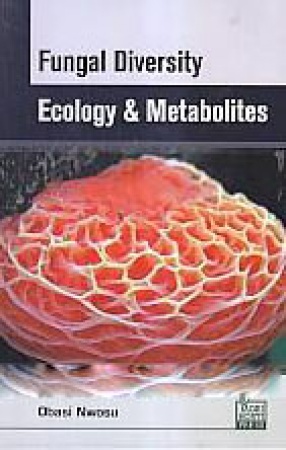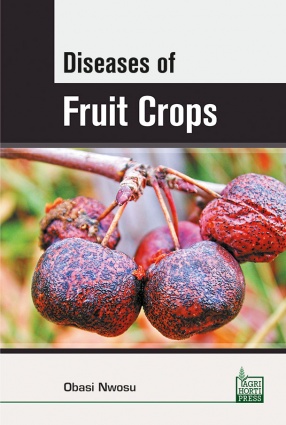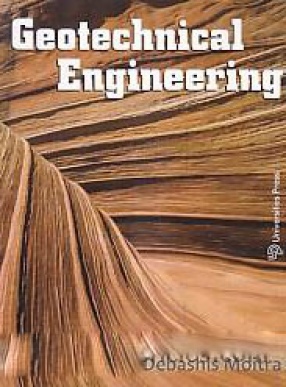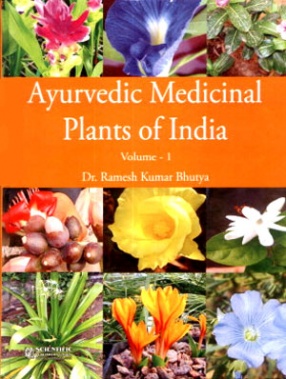Fungi inhabit almost every niche in the environment and humans are exposed to these organisms in various fields of life. It includes some of the most important organisms, both in terms of their ecological and economic roles. By breaking down dead organic material, they continue the cycle of nutrients through ecosystems. Fungi provide numerous drugs, food like mushrooms, truffles and morels, and the bubbles inbreed, champagne and beer. Fungi also cause a number of plant and animal diseases.
The present book comprises of 17 chapters with emphasis on aquatic hyphomycetes, mangrove fungi, ecological role and biotechnological potential of mangrove fungi, lichen use and regeneration, marine fungi, trichomycete, forest pathology, lichens, arbuscular mycorrhiza, endophytic bacteria, yeasts, mycotoxins in crops, fungal infections in humans, secondary metabolites in plant defences, plant taxonomy and relationship between plants and fungi. It has a very comprehensive index and reference list which is up-to-date. This book will serve as invaluable tool for students, researchers, physicians and teachers of plant pathology, botany, mycology, microbiology, biotechnology, biochemistry, environmental science, food and nutrition as well as people interested in fungi.






There are no reviews yet.